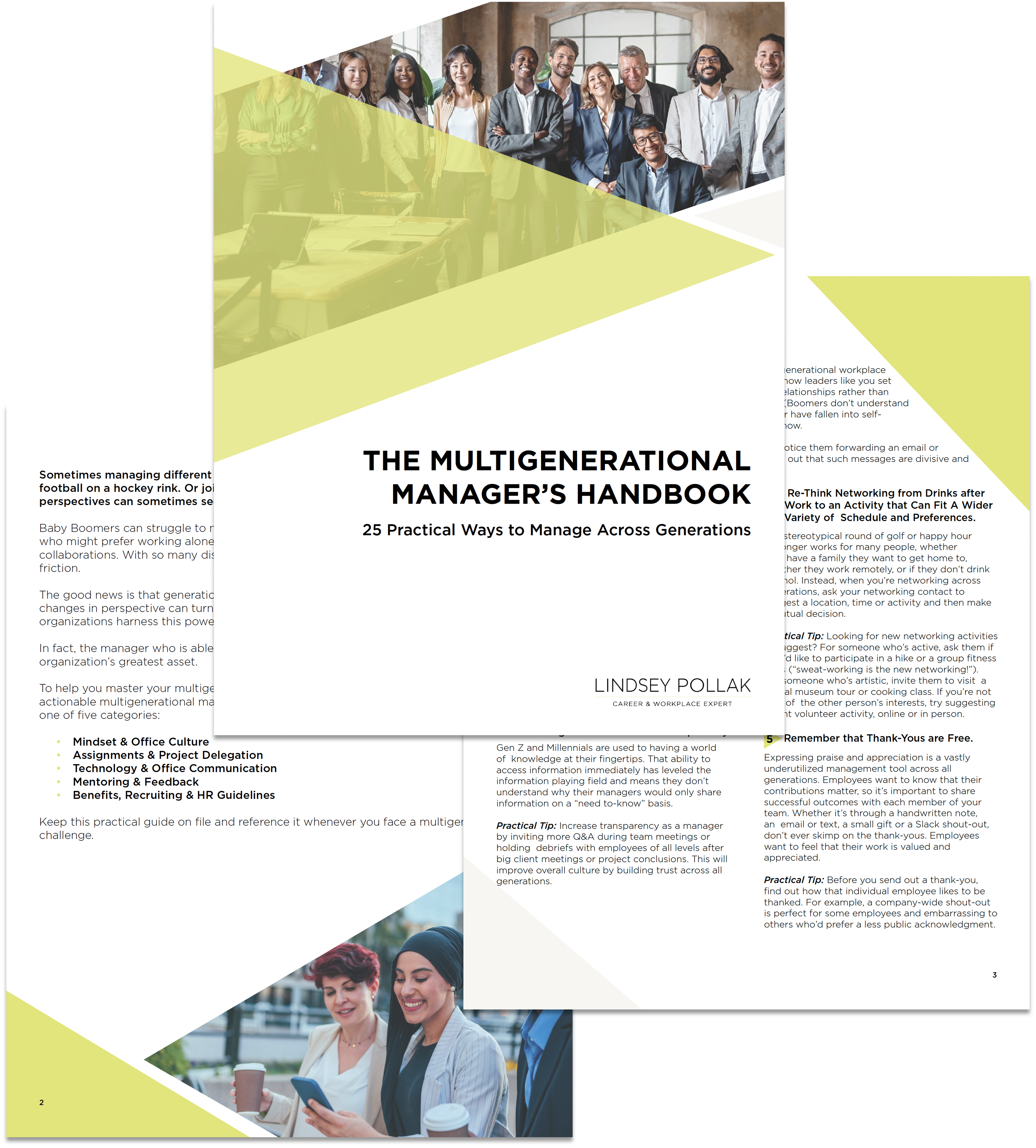Spring is a time of renewal and – more important to Virgos like me – of cleaning and organization. Not much excites me more than a good alphabetizing and label-making project.
A few weeks ago, I bought a new shelving unit for my supply closet. I bought the unit, shelf liners, a variety of storage boxes and, of course, aesthetic pre-printed labels. When everything arrived, I immediately opened up a text message to reach out to my favorite handyman to put together the unit.
But then I paused.
Maybe I could build this thing myself.
So, I unpacked all the (many, many) pieces, spread out the instructions, got a fresh iced coffee and got to work.
Did I make (many, many) mistakes and basically build the entire thing upside down at first? I did. Did I start again and get it right eventually? I did. Is it perfectly assembled? Not really. Is it good enough? It is. And every time I open the closet to get something from the shelf, I feel a little surge of pride and power because I built that shelf myself.
What does any of this have to do with thriving in the multigenerational workplace?
It’s called the IKEA Effect.
Identified by Professors Michael I. Norton, Daniel Mochon and Dan Ariely, the IKEA Effect is a cognitive bias by which people place a higher value on products or creations they were involved in making, even if they are objectively similar to pre-made items. Individuals feel a greater sense of ownership and attachment to something they have personally contributed to. The subtitle of their paper on the topic is: “When Labor Leads to Love.”
To apply the IKEA Effect as a leader in the multigenerational workplace, consider inviting employees to contribute to their own management.
Let’s say you have an employee who behaves in a way you find challenging, disregards directions or makes choices you disagree with.
For example, they might continue to make careless mistakes in draft documents after you’ve asked them to always proofread carefully.
You perceive that they lack attention to detail and work ethic; perhaps they don’t understand why documents don’t need to be perfect until the very end of an assignment.
Maybe there’s a generational disconnect in these conflicts; maybe there’s not. Either way, the lesson of the IKEA Effect can be helpful.
You could say something like this to the employee:
“Can we chat about something? As you know, I get frustrated when there are typos in documents at any stage of the process. I feel like we’ve talked about this a few times but there are still a lot of errors. I know we both want to work well together. Do you have any suggestions for how we can find a solution?”
In my experience, employees – particularly those with different generational perspectives – often come up with solutions that didn’t even occur to me. It’s a variation on the saying often attributed to Albert Einstein: “We cannot solve our problems with the same thinking we used when we created them.”
Here’s a real life example: I once worked with the leaders of a summer camp for kids. One of the challenges the Gen X and older Millennial leaders had with their Gen Z college student employees who served as counselors was the counselors sneaking looks at their phones when they were with campers.
The leaders were incredibly frustrated. They repeatedly told the counselors to stop checking their phones and keep them in the lockers they had designated instead of their pockets. They threatened punishments. They talked about the danger to the young kids when counselors weren’t paying attention. All of these attempts make total sense and the counselors shouldn’t have been checking their phones. But the fact is that they were and the leaders couldn’t fire everyone.
At their wits end, the leaders asked the counselors what they would suggest to solve this problem.
“We know we shouldn’t be checking our phones,” one of the counselors said, “but we want to make plans and stay in touch with people. The lockers are so far away that we don’t have time to go get our phones and check messages during our breaks.
“Can we move the lockers closer?”
It hadn’t ever occurred to the leaders that the problem was more logistical than behavioral. They said yes, the lockers were moved closer, and the counselors stopped keeping phones in their pockets and checking them in front of the kids.
Will this strategy solve every multigenerational challenge? Probably not. But if it solves even a few, it’s worth the effort. Plus, asking employees to contribute solutions is another way to build trust and community in the workplace.
Have you experienced the IKEA Effect? I’d love to know!

